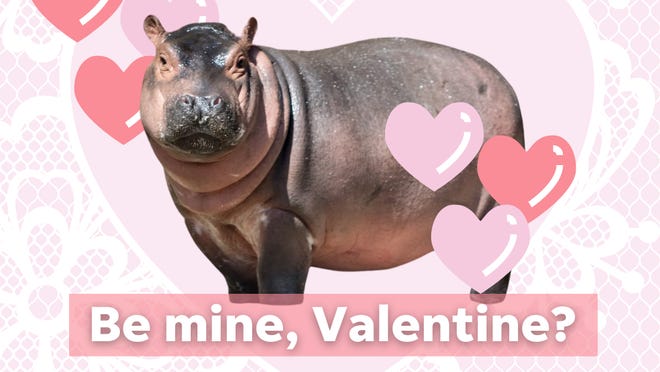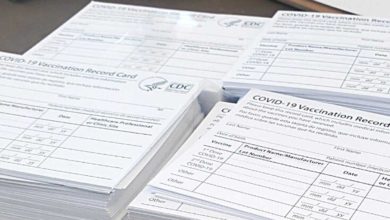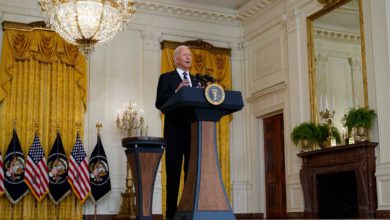

Think dating is hard these days? Try the 1800s.
Singles looking for love nowadays have a wealth of online dating apps to make connections. Social media allows people to share their life stories – and then some – before they even meet. And all they have to do is swipe right.
It was a little harder to meet new people when dating was not yet a common practice, and men and women didn’t attend work or school together.

So, the 19th century version of Tinder or Bumble was the personal ad.
In the 1880s, The Enquirer ran a popular, if scandalous, “Personal” column in its classified advertising section.
People could post a few lines, at no cost, for missed connections, arranging appointments to meet, or seeking a lady or gentleman correspondent. The ads were usually anonymous and signed with initials or a phrase. Replies could be sent to letterboxes at the Enquirer office.
Local historian Greg Hand, who writes the blog “Cincinnati Curiosities,” stumbled upon The Enquirer’s column while researching newspaper archives.
“The more I got looking at it the more I realized the other papers weren’t running ads like this. It was strictly a practice of The Enquirer,” Hand said.

Hand wrote that the personals column had drawn the ire of the local clergy and the competing Cincinnati newspapers, who raised moral objections. The Cincinnati Post wrote editorials decrying the column as “a terrible evil.” The Commercial-Gazette called for readers to boycott The Enquirer.
The Post also published a quote from Archbishop William Henry Elder saying The Enquirer was “unfit to be read by any human being, much less a Christian. Every day it is filled with reading matter that is filthy, nasty, obscene and abominable.”
—
“The acquaintance desired of gent with sandy beard who noticed lady in Vine st. car as it passed down Walnut st. Thursday at 8.30. Address ZETTA, Enquirer office.”
“A refined lady wishes to form the acquaintance of a respectable gentleman, aged 50; one out of the city preferred. Address VASHTIE, Enquirer office.”
“CW: Meet me at same place as usual to-morrow night. M.”
—
Some of the ads seem harmless enough. But in the rigid, repressed Victorian era, such casual flirtations and personal interactions between the sexes were flagrant assaults on the social morals of the day.
In the mid-19th century, couples got to know one another through courtship. A woman would meet prospective marriage partners at social events or through friends, then the gentleman caller would visit her at home for a prearranged meeting.
In the 1880s, men and women began going out together to public places to have fun – outrageous behavior that challenged the conventions of courtship and marriage.
“Changes in women’s gender expectations and industrialization provided a bulk of the movement behind this shift. Higher education, service sector work and other opportunities allowed women to develop identities apart from being wives and mothers,” Erica Hunter wrote in “Encyclopedia of Gender and Society.”
Yet, even by the changing standards, personal ads seeking a meeting with complete strangers they had seen on the street – as many of them written by women as by men – were shockingly brazen, if you read between the lines.
—
“LCP: Be at the corner of Court and Race at 8 P.M. STRICTLY PRIVATE.”
“VENUS: Letter in the Enquirer office for you. RAG BABY.”
“BUTTONS: I would like to see you, same place, to-morrow evening. HOLES.”
—

“The Personal column of the Enquirer, which is designedly maintained as a mere assignation column, is a crime against society,” the Cincinnati Post editorialized in August 1885. “It is not only a daily proclamation that Cincinnati swarms with women of loose morals, and with men of lascivious desires, but it furnished the medium through which inexperienced girls are in the first instance enticed from their homes, and taught to underrate parental advice and set parental authority at defiance.”
Hand noted that the term “assignation column” was used deliberately to refer to assignation houses, which were places that rented rooms by the hour for prostitutes and clandestine meetings for couples having affairs.
The Post basically called the women who read or posted in the personals column prostitutes, Hand said.
—
“DEVIL: Can your imp see you Tuesday evening? R.”
“The two gentlemen from carriage-works who were at Hunt’s Grove last Sunday may meet same young ladies at Highland House Sunday afternoon. SUPERFINK.”
“WAIT TILL THE ROSES BLOOM: Be at the same place. LIFE’S TOO SHORT.”
—
After all the editorials and letters denouncing The Enquirer, the personals column did not stop, but the complaints did.
“It was a cause célèbre for about a year, then people lost interest and went back to their business,” Hand said.
And evidently, couples continued to get together.
Pam Epstein, whose blog “Advertising for Love” shares Victorian personal ads from the New York Herald, wrote in a 2010 New York times op-ed, “Though the ads … are certainly less racy than what readers might find in publications today, they also feel surprisingly familiar, reminding us, perhaps, that we are not so different from our 19th-century counterparts – at least when it comes to looking for love.”
Source link









